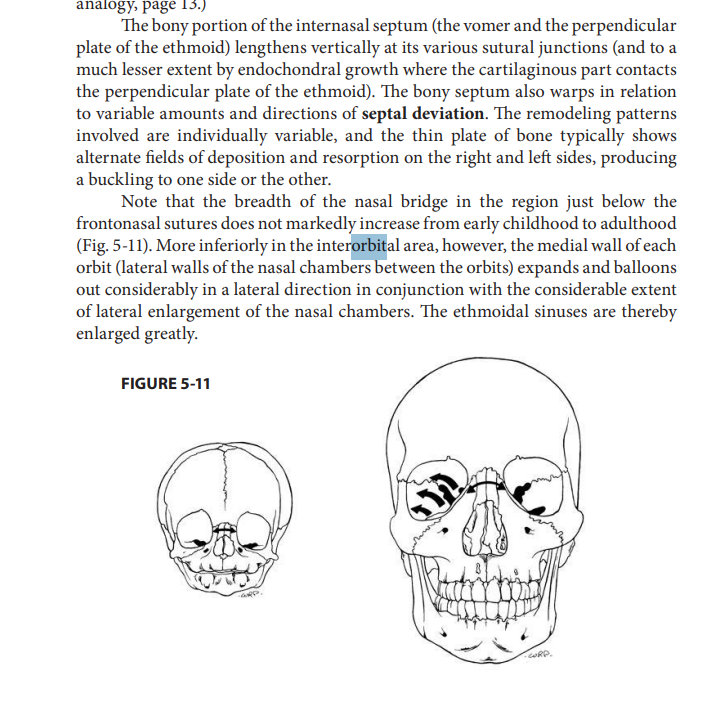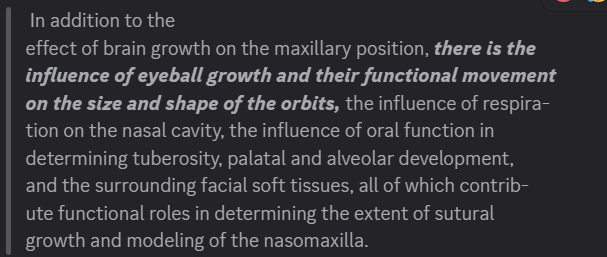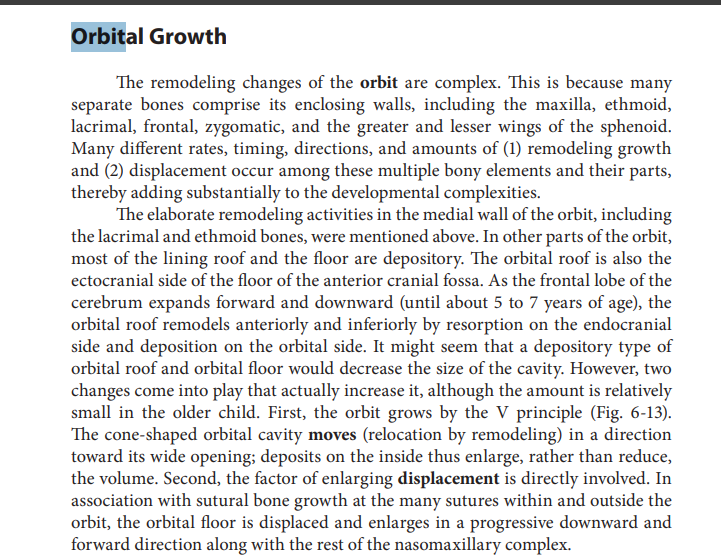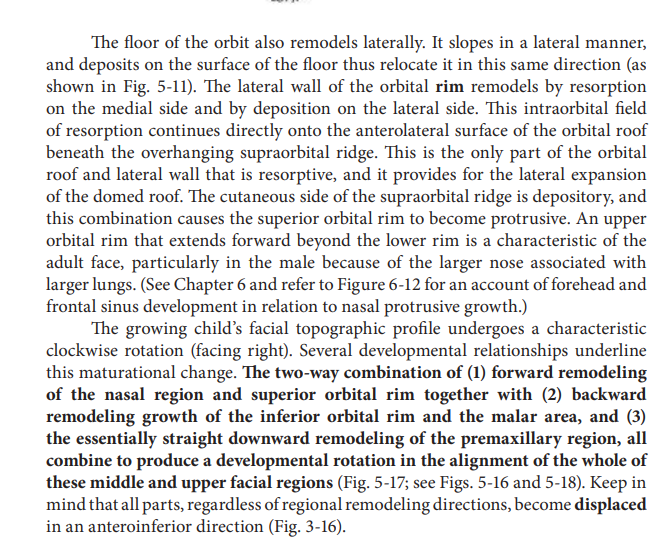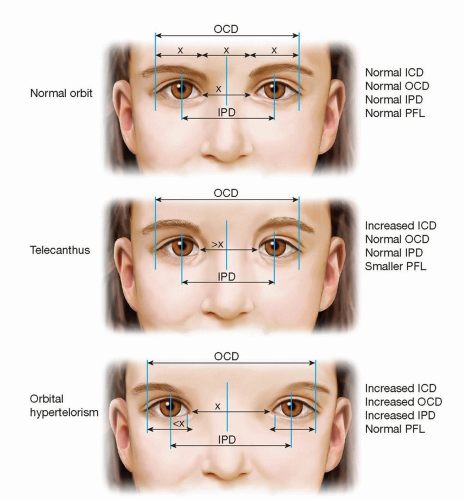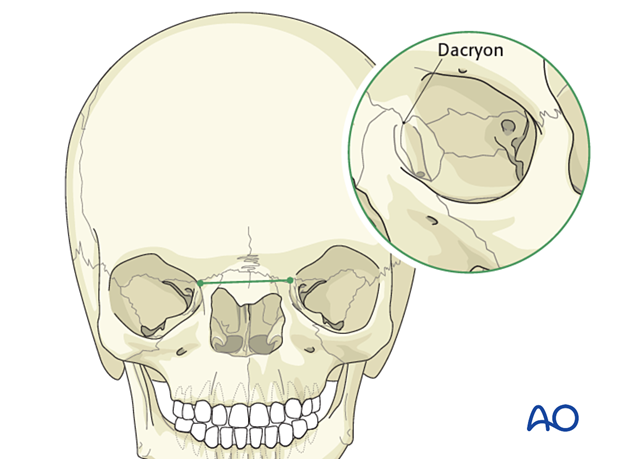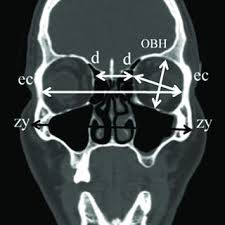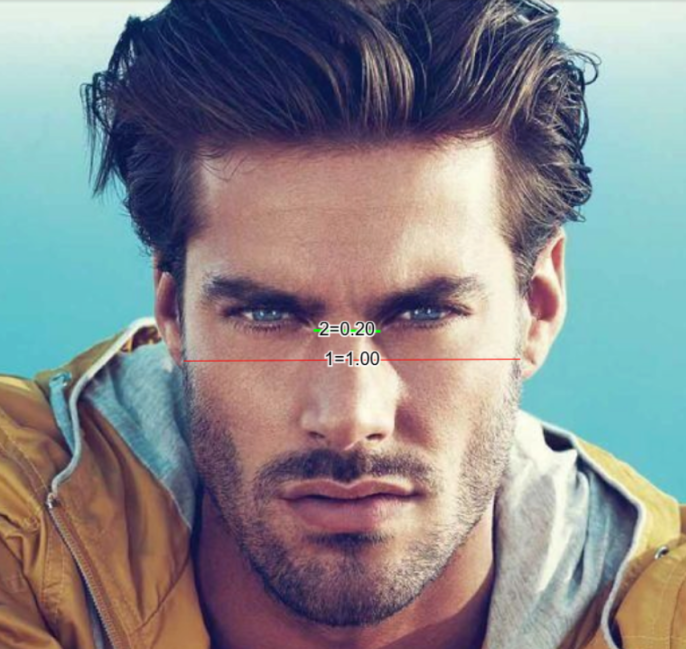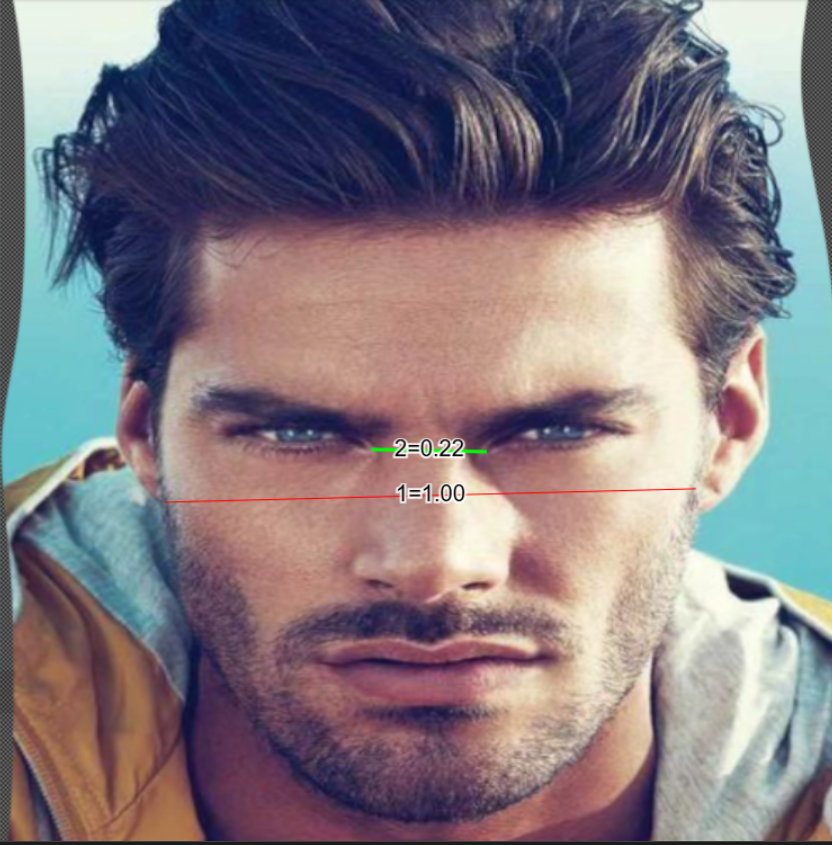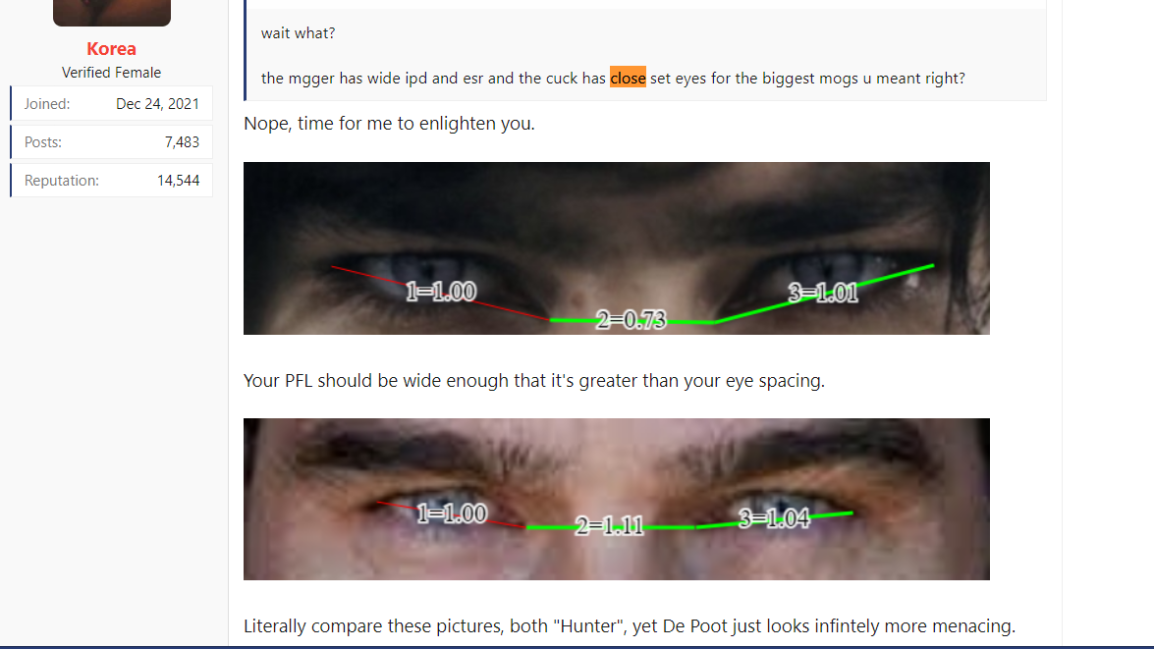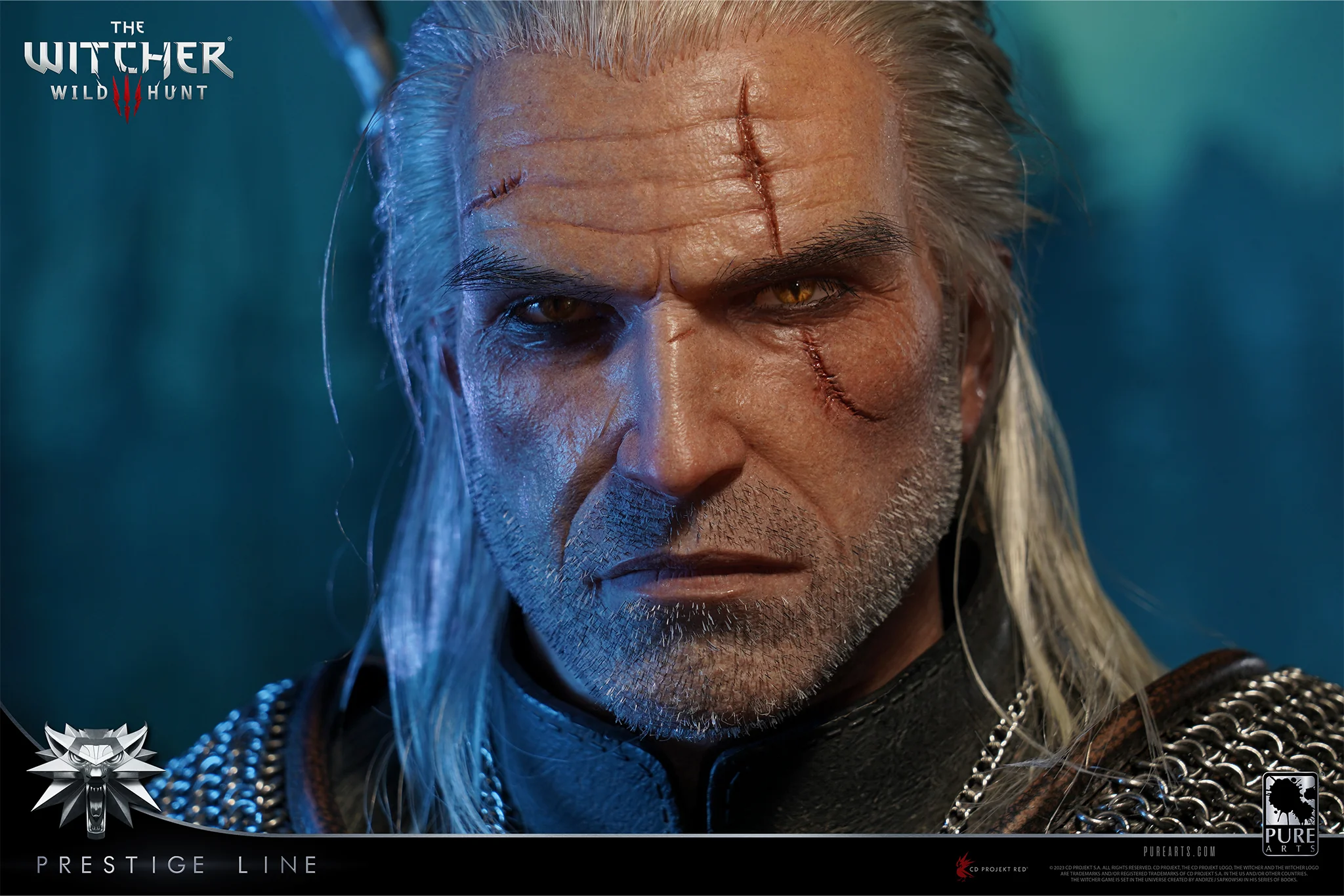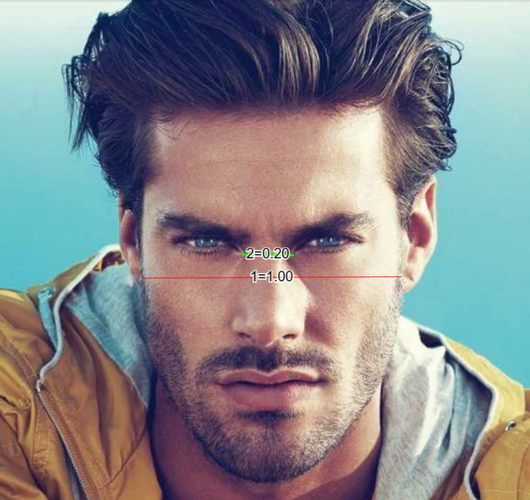mvp2v1
Show me your bones & I will show you ur destiny
- Joined
- Mar 24, 2022
- Posts
- 5,309
- Reputation
- 4,530
Horizontally narrow orbitals are a large contributor to low IPD. Obviously, there are multiple factors influencing low IPD, there is a genetic component and there is a facial growth component. That said I believe everyone in the modern world has lower IPD and PFL than they should because I believe everyone has smaller jaws than they should.
Its clear that small jaws and vertical growth leads to orbitals which appear to be closer set and narrower:



When I look at cases of people with close-set eyes I notice that they often have very narrow-looking orbitals (judging by the lack of "stretching of eye area soft tissues")
Example:

Something seems off even after a good OBO. Obviously, our first reaction would be oh its because of narrow PFL he needs tripod!
 Note that the medial canthus and the broader PFL both appear to come from a wide orbital.
Note that the medial canthus and the broader PFL both appear to come from a wide orbital.
But I wonder, could it be that all he needed was wider orbitals? Looking at the image on the right:

It would seem like there is not much difference in how far apart the orbitals actually are (looking at image on right), most of the difference is in the width of the orbitals which I think causes the eyeballs to sit further apart. The eyeball should naturally be centered in the orbital.
With that said when looking at the simulation on the left it would seem like the orbitals are indeed somewhat further apart. And its probably a more trustworthy data point.
So what's the solution?
Theoretically, the ideal solution would be OBO+tripod.

Or bone remodeling.
TLDR: I suspect that orbital width both impacts PFL and IPD.
Its clear that small jaws and vertical growth leads to orbitals which appear to be closer set and narrower:



When I look at cases of people with close-set eyes I notice that they often have very narrow-looking orbitals (judging by the lack of "stretching of eye area soft tissues")
Example:

Something seems off even after a good OBO. Obviously, our first reaction would be oh its because of narrow PFL he needs tripod!

But I wonder, could it be that all he needed was wider orbitals? Looking at the image on the right:

It would seem like there is not much difference in how far apart the orbitals actually are (looking at image on right), most of the difference is in the width of the orbitals which I think causes the eyeballs to sit further apart. The eyeball should naturally be centered in the orbital.
With that said when looking at the simulation on the left it would seem like the orbitals are indeed somewhat further apart. And its probably a more trustworthy data point.
So what's the solution?
Theoretically, the ideal solution would be OBO+tripod.

Or bone remodeling.
TLDR: I suspect that orbital width both impacts PFL and IPD.
Last edited:









